14 things around the house that could kill you
Keep pets, children top of mind when considering safety of your home
Pexels photo
It sounds dramatic, doesn't it? "Things around the house that could kill you." But it's a real possibility -- facing a danger in your home, especially considering how much time we spend in and around our houses. And oftentimes, these dangers might seem obvious if you're an adult who lives alone, with a spouse or with an adult roommate. But if you're baby-proofing, for example, or you just got a dog, there are some items on this list that you'll want to think twice about to make sure your home is a safe environment for all.
So with the goal of informing you and not scaring you, let's dive in.
1.) Your dryer
Pexels photo
If you don’t clean your dryer vent and it gets clogged, that situation can lead to several serious problems. We'll elaborate: If you have a gas dryer and a clog, you run the risk of carbon monoxide poisoning, said Jason Kapica, the president of Dryer Vent Wizard, a company in Metro Detroit. Ready for another scary tidbit? Kapica said if he and his team spots burnt lint in the dryer, that often means the homeowner likely already had a dryer fire, but it just didn’t get out of control. You don’t want to delay fixing the dryer in a case like that. Also worth noting: We’re not just talking about the lint trap that many homeowners clean out after each load of laundry. That trap only catches small amount of the lint floating down inside dryer, Kapica said. You want to make sure you’re getting your dryer cleaned regularly, by professionals -- at minimum, every 24 months, Kapica recommended.
One final thing: In the springtime, for example, birds love to nest in dryer vents. Often, Kapica and his employees are forced to remove these nests because they obstruct the vent at the home. From there, they need to sanitize the line because bird feces can cause histoplasmosis, which might spread to the homeowners and, in some cases, can be deadly. Similarly, other small animals are known to cause problems as well. Rodents can climb into the dryer vent from the outside, and they can carry hantavirus, which is also fatal in some cases.
2.) Your bathroom
Pexels photo
Cleaning the bathroom: At a minimum, it's an annoying chore. Can we all agree on that?
But at its worst, cleaning the bathroom can be really dangerous if you're not aware of how your products work. Here's the deal: Mixing bleach with other common household cleaners can create toxic gases that you certainly don't want to inhale. So you need to play it safe: The Centers for Disease Control and Prevention recommends first washing bathroom surfaces with soap and warm, clean water to remove dirt and debris. Next, you'll sanitize those surfaces with household bleach.
Before you do so, read up and follow the safety instructions on any additional products you use. Here are some of the most important safety guidelines when working with sanitizing products: Never mix bleach with ammonia or any other cleaner; wear rubber or other non-porous boots, gloves and eye protection and try not to breathe in the fumes.
Also, if you're using the products indoors, open windows and doors to allow fresh air in.
3.) Your (admittedly mild) pain relievers
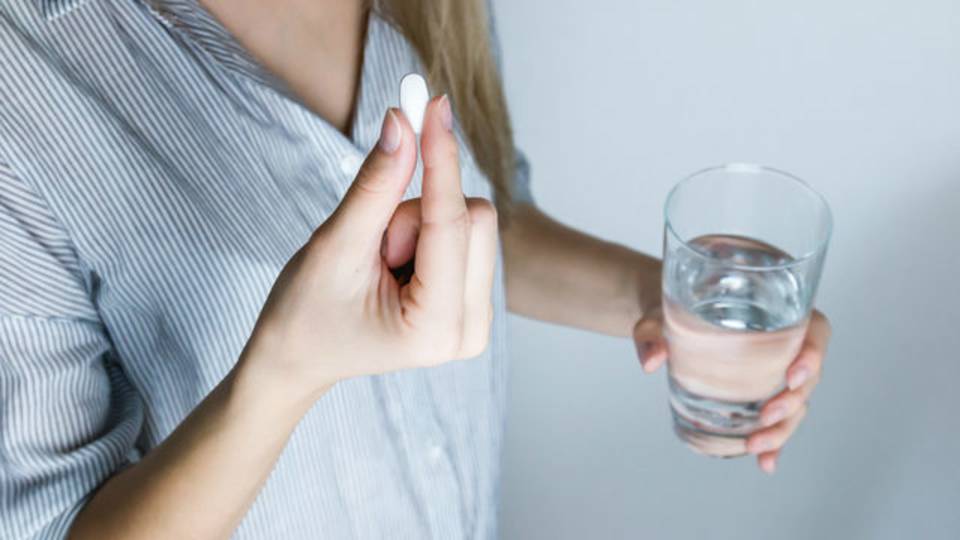
Pexels photo
It's easy to find stories in the headlines nearly every day about pills, medication abuse, opioids, addiction, you name it. But -- did you know that acetaminophen (which often goes by its brand name, Tylenol) can be dangerous, too, if taken improperly? About 500 people die every year related to acetaminophen overdoses, according to a Clinical Liver Disease report. Large amounts of acetaminophen can overwhelm the liver and cause liver damage, which is why experts say you shouldn't have more than 3,000 mg per day.
4.) Drinking water
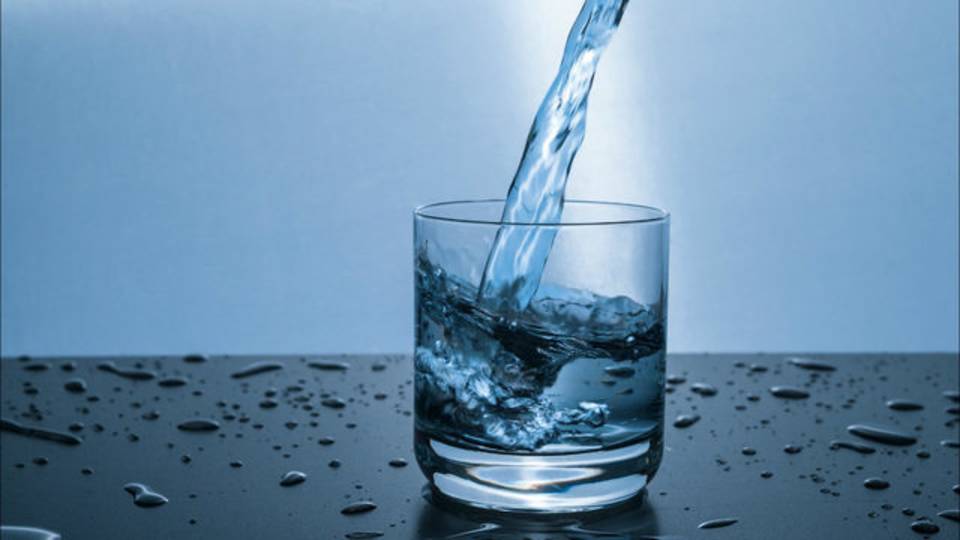
Pexels photo
Ever heard of hyponatremia? It’s a fancy word for "water intoxication," and it happens when you drink too much water. It seems people everywhere are constantly reminding us to hydrate more, more, more. So how in the world does overhydration even happen?
Well, it all comes down to sodium levels. The sodium in our body has the job of balancing fluids in and around the cells, according to WebMD. Drinking too much water can cause an imbalance, forcing the liquid to move from your blood to inside your cells, making them swell. Swelling in the brain can be serious and sometimes fatal. It can also trigger seizures and coma. In addition, your kidneys filter everything you drink and make sure the fluid levels in your bloodstream stay balanced. When you drink too much water, it makes your kidneys work overtime, leaving your body stressed and fatigued.
So, how much water is too much? To be clear, it would take a lot (times a lot) for someone to suffer from water intoxication. We’re talking about an intake of gallons of water. The fatal cases are isolated and extremely rare. Still, we thought it was worth a mention! Maybe you can at least impress your friends with all this newfound knowledge.
5.) Your bathtub

Pexels photo
This could be a whole separate report, or series of reports, all on its own: how dangerous drowning is. In fact, in the U.S., drowning is the leading cause of death from unintentional injury for children younger than 4, according to the CDC. As scary as it is to pose this question, we'll ask it: Have you considered your bathtub? Often, when people think of drowning, they think of pools, lakes and the ocean. But the very spot where you bathe your kids quite regularly can be just as deadly.
Don't step out of the room even for a moment, and don't let your judgment slide, even if your child is a little older. Anyone can slip, fall and go under. This can lead to serious injury as well.
6.) House plants
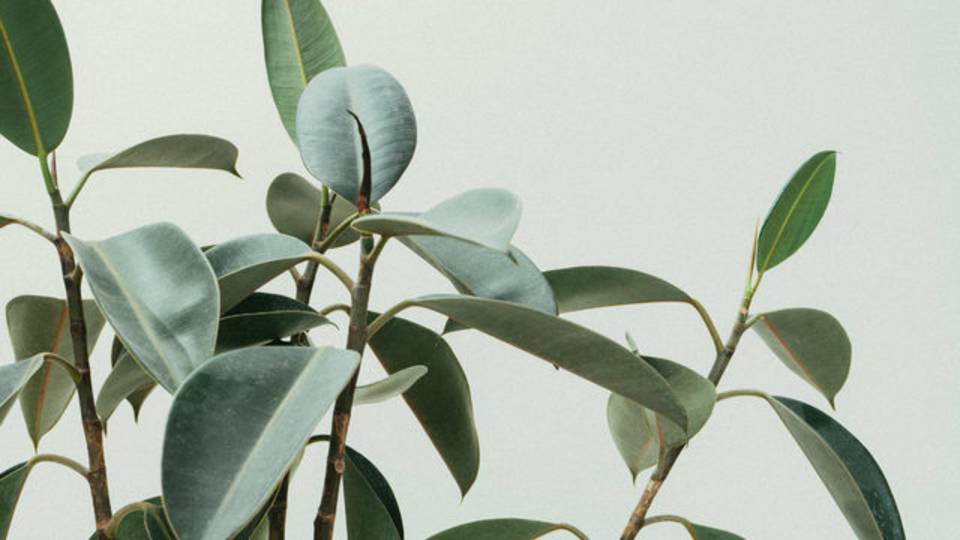
Pexels photo
Right, we know you're not going to eat them. And yes, if they're sitting up high on a windowsill, then perhaps these plants are perfectly safe. But it's important to know that many can be poisonous when ingested -- especially by a child or pet. Here are some houseplants that are known to be toxic, according to thenest.com:
Amaryllis
Azalea
Bird of Paradise
Creeping Charlie (ground ivy)
Crown of thorns
Dieffenbachia
Hydrangea
Iris
Ivy (English, needlepoint and ripple)
Philodendron
If your kids are young, you're better safe than sorry: Keep these plants out of the house, experts say.
7.) Extension cords
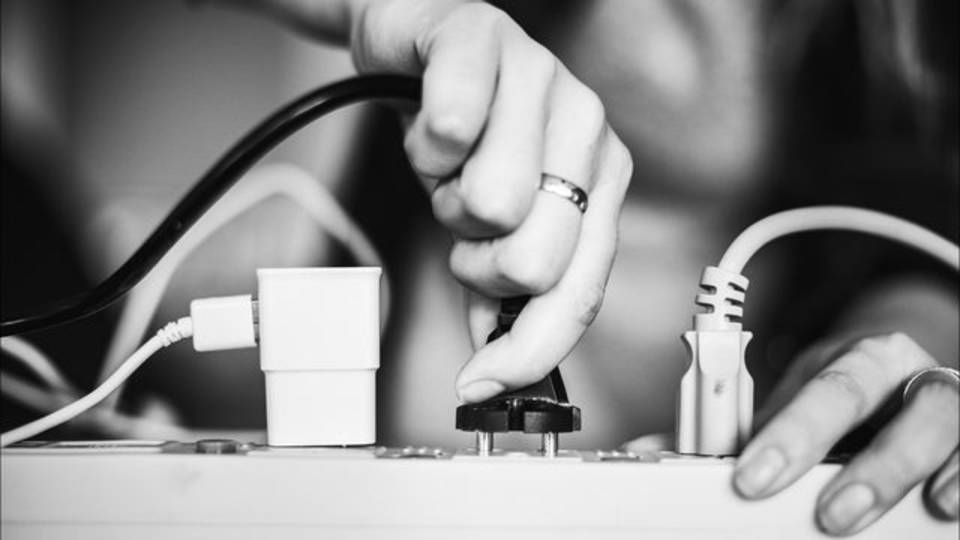
Pexels photo
The CDC says these cords cause more than 3,300 residential fires each year, according to published reports. The cords become problematic when they're misused or they overload the system, so experts advise using them on a temporary basis only, instead of filling them up with plugs at all times.
8.) Anything that leads to carbon monoxide poisoning
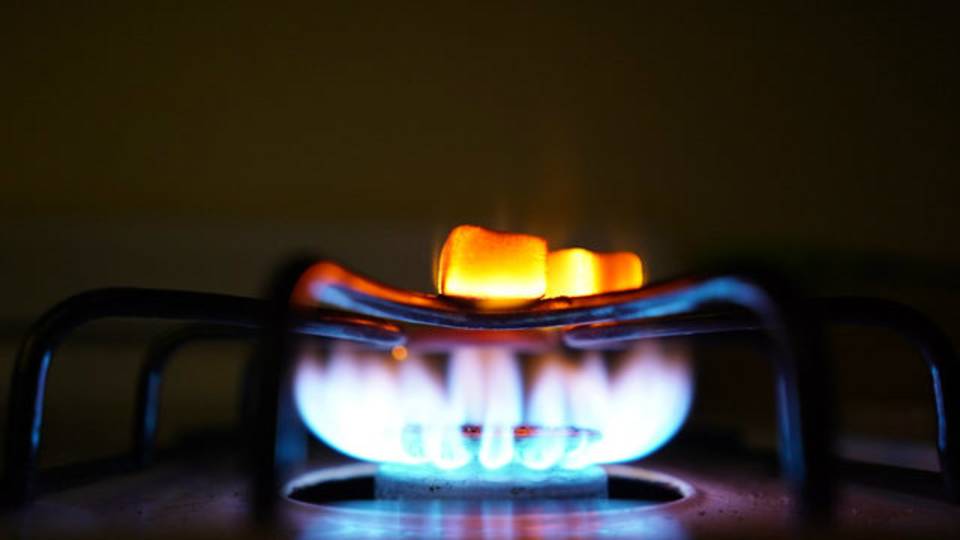
Pexels photo
As stated above, this includes your dryer, if it's not cleaned properly on a semi-regular basis. Also, think about your other appliances: a gas oven, a gas range or even your car or any possible space heaters (which are dangerous for a number of reasons).
Carbon monoxide is a colorless, odorless gas that causes sudden illness or death. It often goes undetected until it's too late. The best thing you can do for your home is buy a CO detector, or several, and place that detector somewhere strategic -- the kitchen, for example, or near the laundry room. The CDC says carbon monoxide poisoning is the leading cause of poisoning deaths.
9.) Your air-conditioner
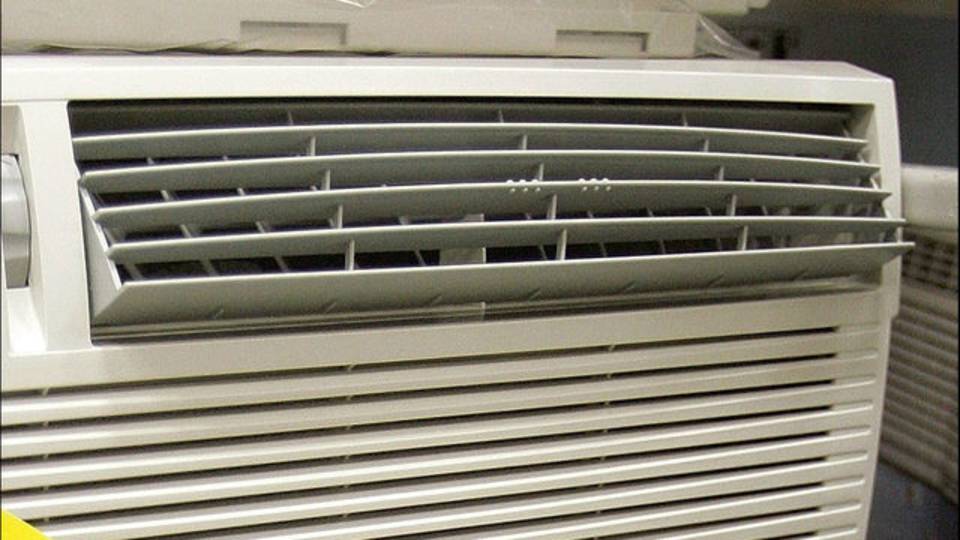
Getty Images
A leaking air-conditioning unit can lead to refrigerant poisoning, and that causes, in some instances, heart palpitations and seizures -- and it can cut off oxygen to your lungs and cells, which is fatal. It’s not too likely that you’d be poisoned by your unit at home, unless of course you’re an appliance repair person and you do this kind of work professionally. Still, experts say that if your AC is acting up, you need to call a company or an expert. Don’t try to DIY when it comes to this type of project.
10.) Any large TVs or heavy furniture
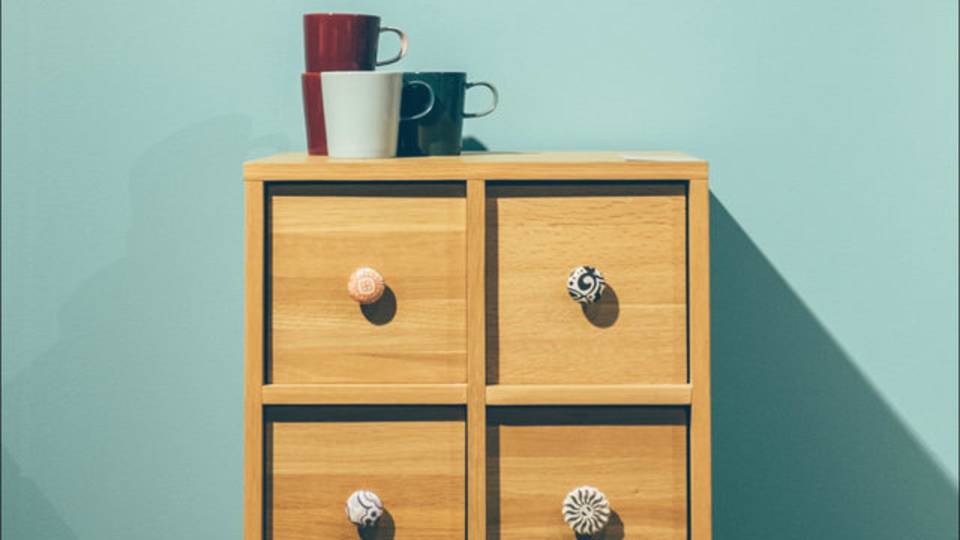
Pexels photo
Like several other items on this list, it's not you we have in mind when it comes to heavy furniture.
But again, it's a whole new ballgame if you have babies, toddlers or kids. Mount these types of items to a wall if you're even a little concerned that they could come down. You can buy a cheap, easy-to-use kit at almost any hardware store.
11.) Button batteries
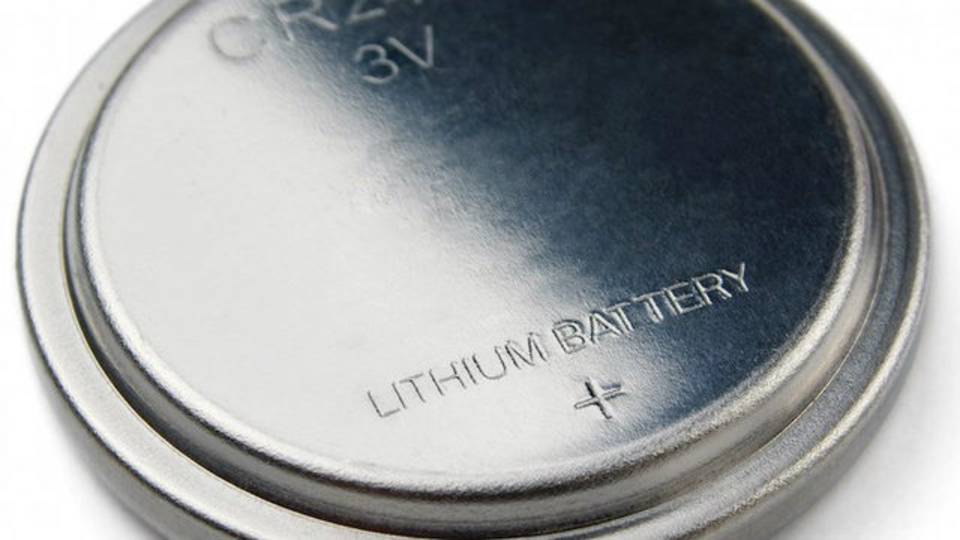
Photo: www.capt.org.uk
Button batteries are often found in children’s toys, remote controls, watches and key fobs. It's safe to say you probably have at least one in your home. Did you know how dangerous these can be? If one is ingested, sometimes a child won't even show symptoms, and a reaction can happen in as little as two hours. Beyond the choking hazard, it’s possible the battery can corrode inside a body, resulting in internal bleeding from the burning caused by the battery mixing with bodily fluids.
“If a button battery, particularly a lithium button battery, gets stuck in the throat or gullet, energy from the battery can react with saliva to make the body create caustic soda," the website for the Child Accident Prevention Trust says. "This is the same chemical used to unblock drains. This can burn a hole through the throat and can lead to serious internal bleeding and death. The reaction can happen in as little as two hours.” Learn more about button batteries and how to protect your home here.
12.) Your Christmas tree
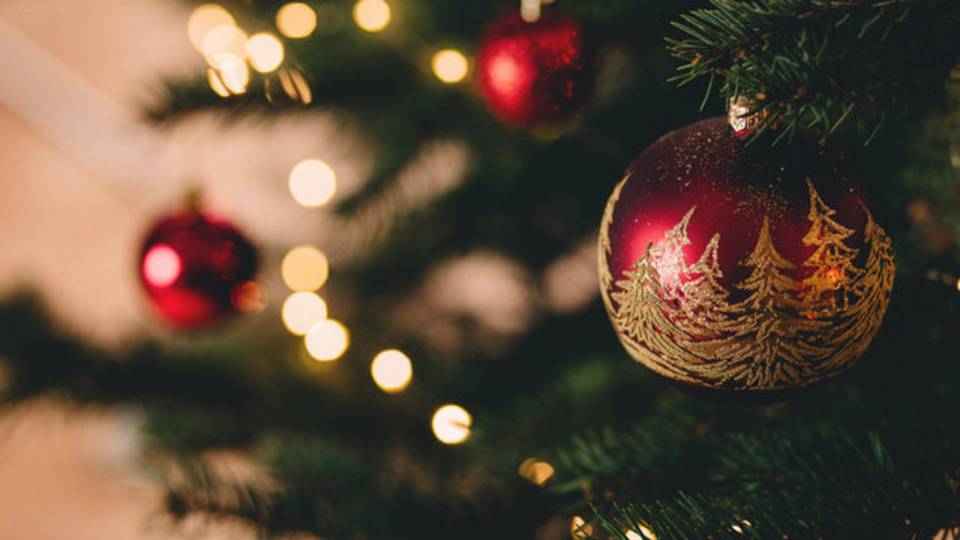
Pexels photo
If you get a real Christmas tree (as opposed to an artificial kind that you can store in a box each year), you'll want to place yours far away from radiators, fireplaces and other heat sources, and secure it to your ceiling using guy wire — it's practically invisible and recommended by the Consumer Product Safety Commission, according to Redbook Magazine.
And if you do opt for a fake tree, experts say to look for one labeled "fire retardant" and never put electric lights on a metallic tree.
These trees can pose major fire risks.
13.) Lead paint
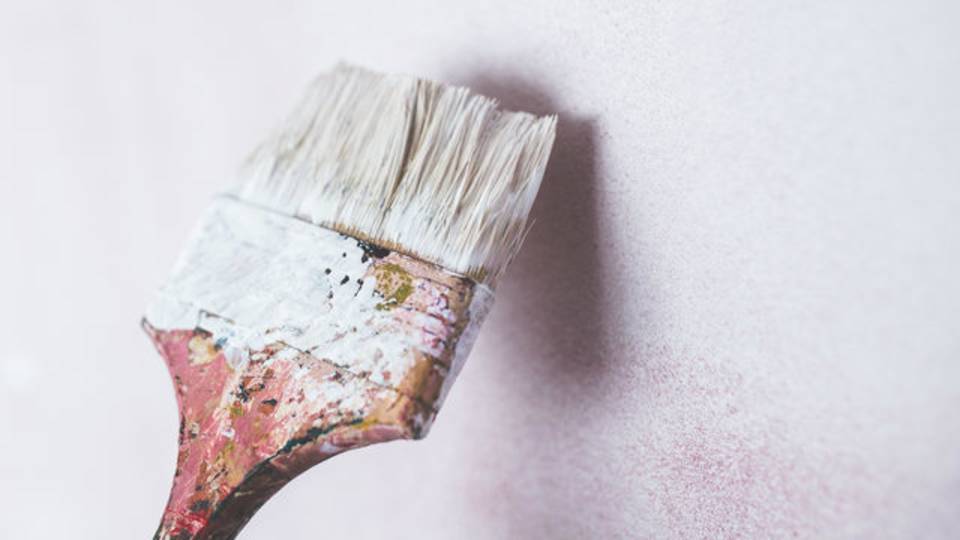
Pexels photo
Here's the deal: Lead-based paint is not harmful so long as it's not chipped or cracking. So if you possibly have some in your home -- and you just might if that home was built before 1978 -- it's not a problem if the paint is in good condition.
However, if you're renovating or the paint is peeling, this is when things can get dangerous. Lead-based paint can be toxic if it's ingested. And exposure to lead is dangerous for everyone, but especially for pregnant women and children.
If you suspect you have lead-based paint, you can get it inspected. Removing the paint is a job best left to professionals.
14.) Mold
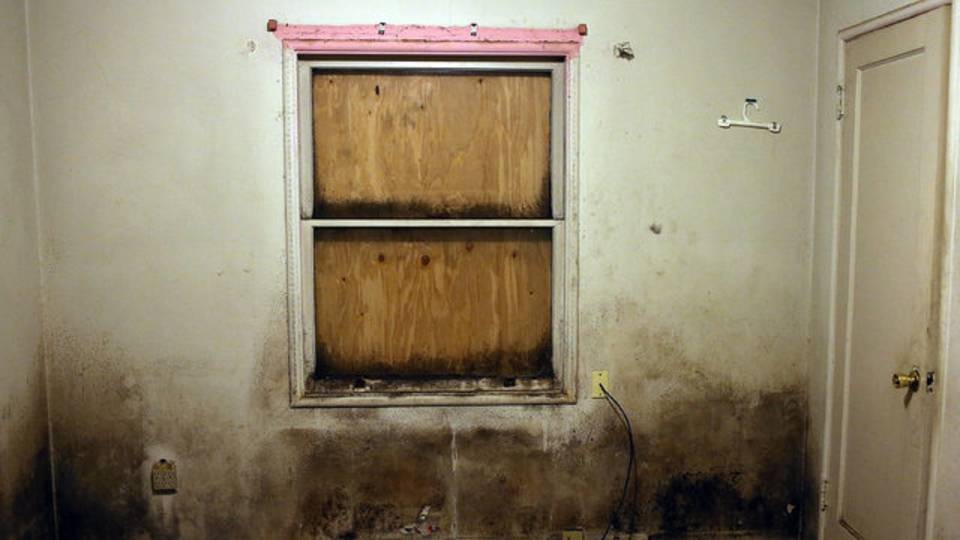
Getty Image
Mold: These invisible spores are actually all around us in the air, but that isn't a health concern on its own. The spores need moisture to grow into problematic mold, as we know it. But when that happens, mold can lead to some health issues, including allergic reactions and asthma attacks. Also, some molds produce toxic substances called mycotoxins.
Mycotoxins have been linked to nausea, immune system suppression, liver damage, central nervous system damage and cancer, health experts say.
So if you find mold in your house, it's best to move quickly. Figure out what's causing it -- usually, it's something like a leak or a bathroom that's not properly ventilated. To clean the mold, the EPA recommends scrubbing it off hard surfaces with detergent or bleach and water and letting the area dry completely. You might even want to wear safety gear, such as long gloves and goggles. If the job involves more than 10 square feet of mold, you'll want to hire a professional for the removal process.
Graham Media Group 2018
No comments:
Post a Comment